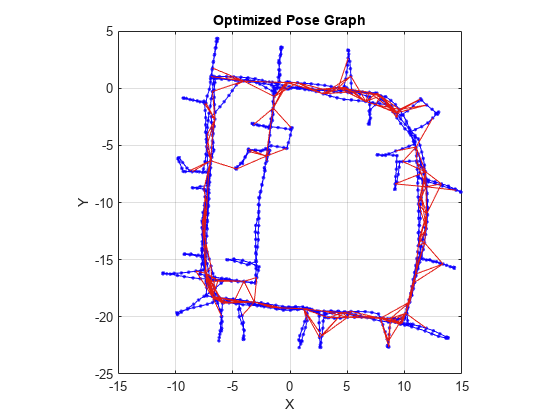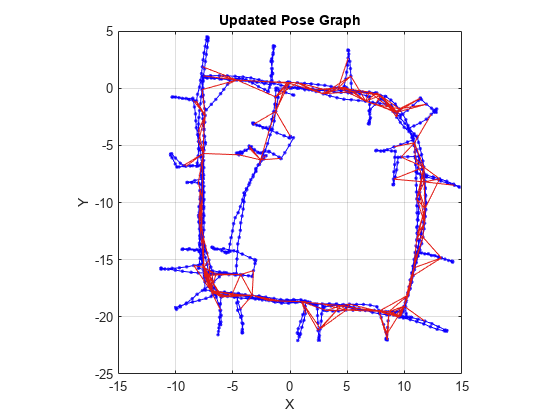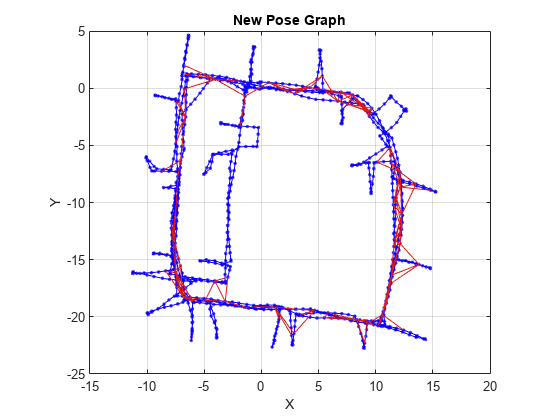edgeConstraints
Edge constraints in pose graph
Syntax
Description
measurements = edgeConstraints(poseGraph)
[
also returns the information matrices for each edge. The information matrix is the
inverse of the covariance of the pose measurement.measurements,infoMats] = edgeConstraints(poseGraph)
[
returns edge constraints for the specified edge IDs.measurements,infoMats] = edgeConstraints(poseGraph,edgeIDs)
Examples
Input Arguments
Output Arguments
Extended Capabilities
Version History
Introduced in R2019b


